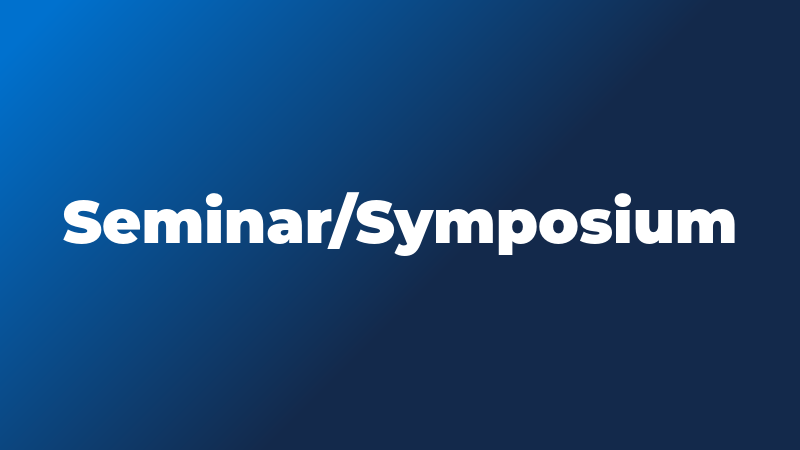PhD Final Defense for Zhongyi Liu

- Sponsor
- Civil and Environmental Engineering
- Views
- 170
- Originating Calendar
- CEE Seminars and Conferences
Train-Track Discrete-Element-Method Model for Simulating Ballasted Track Dynamics: Coupling and Validation
Advisor: Professor Erol Tutumluer
Abstract
Railroad ballasted track is essential infrastructure for most railway mainlines supporting both passenger and freight trains. As the demands for growing traffic volumes and faster trains increase, understanding the dynamic interactions of train and track structures become critical to ensure railroad safety, sustainability and riding comfort. Measuring track dynamic behavior in the field while pausing normal traffic causes enormous economic costs. Furthermore, because of the particulate nature of the ballast layer, it is often challenging to track individual ballast particle movements in the field.
Numerical modeling, as an economic solution, is commonly applied to simulate the structural dynamics of ballasted track. Among all widely used numerical models, train-track (TT) or train-track-bridge (TTB) models, also known as vehicle track interaction models, integrate major structural components together, whereas discrete-element-method (DEM) model when used for ballast layer modeling demonstrates a significant strength of replicating realistic ballast particle size and shape and tracking all ballast particle movements. In the TT models, ballast is simplified as one-degree-of-freedom mass blocks connected with a spring-damper in vertical direction, and the simplification neglects particle size and shape, as well as horizontal shear interactions within ballast layer. On the other hand, train and rail are difficult to be directly modeled within the DEM framework, so the rail seat loads applied on DEM crossties need to be assumed before simulations. To tackle the current limitations of the two models and combine their strengths, this doctoral research study develops a coupled train-track discrete-element-method (TT-DEM) model to realistically simulate the dynamic behavior of ballasted track in the field.
This PhD dissertation presents the development, validation, and applications of coupled TT-DEM models, consisting of a single-crosstie DEM model and a 30-crosstie TT model. The coupled models were developed to simulate track responses at an open-track location. An iterative coupling method, achieving force equilibrium iteratively at each time step, was employed for the model coupling. After validation with field measurements of force, displacement and acceleration data, the TT-DEM model was applied to study the effect of crosstie spacings. Subsequently, a TTB-DEM model incorporating a single-crosstie DEM model was also established to simulate hanging crossties at bridge approaches. To enhance the coupling efficiency, a more robust proportional-integral-derivative (PID) -based coupling method was introduced to avoid the iterations during coupling. Similarly, the TTB-DEM model was validated with crosstie displacement and rail shear force field data. The two coupled models are limited to small-scale applications using only single-crosstie DEM models.
To make large-scale simulations feasible, the PID-based coupling approach was extended to multi-crosstie coupling, and software optimizations were implemented for cross-software communications and data output. As a result, a TT-DEM model comprising a 30-crosstie DEM model was constructed and validated with field data. The large-scale TT-DEM model greatly enriched the predictions of ballast particle movements and the dynamic responses by eliminating the vertical boundaries present in the crib area of a single-crosstie DEM model. Furthermore, the effect of ballast degradation was investigated using single-crosstie DEM models and the newly developed large-scale TT-DEM models. The particle size and shape before and after degradation were replicated in clean and degraded ballast models, respectively. Crosstie-level and particle-level responses due to train passes were thoroughly investigated and compared.
This PhD dissertation advances the field of ballasted track dynamics modeling through development and validation of an innovative modeling approach. By combining efficient coupling methods and software optimizations, this study enables large-scale simulations that were previously unattainable. The coupled TT-DEM model addressed limitations in the previous numerical models to provide a realistic digital laboratory for conducting a wide range of future numeric experiments, offering invaluable insights into ballasted track dynamics.